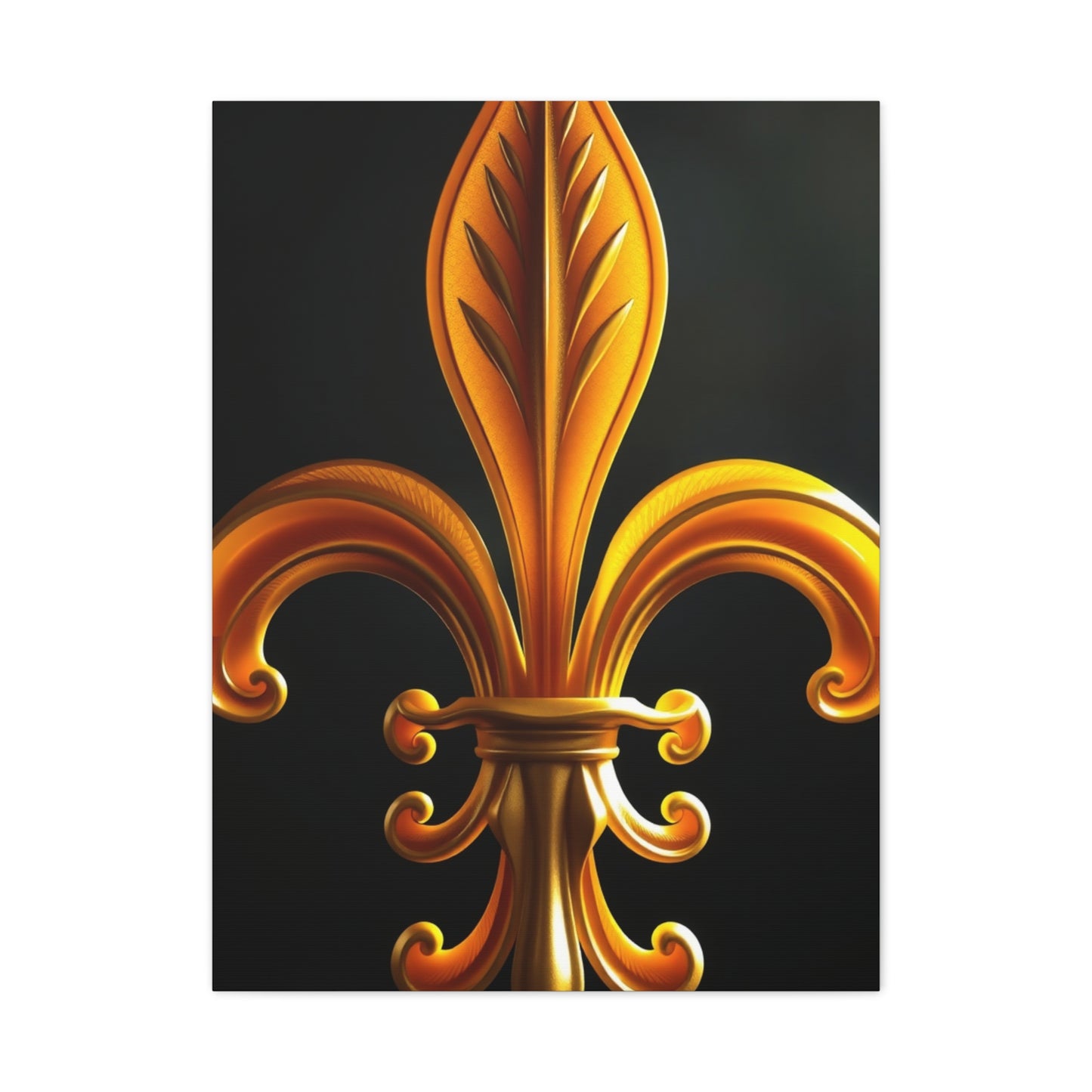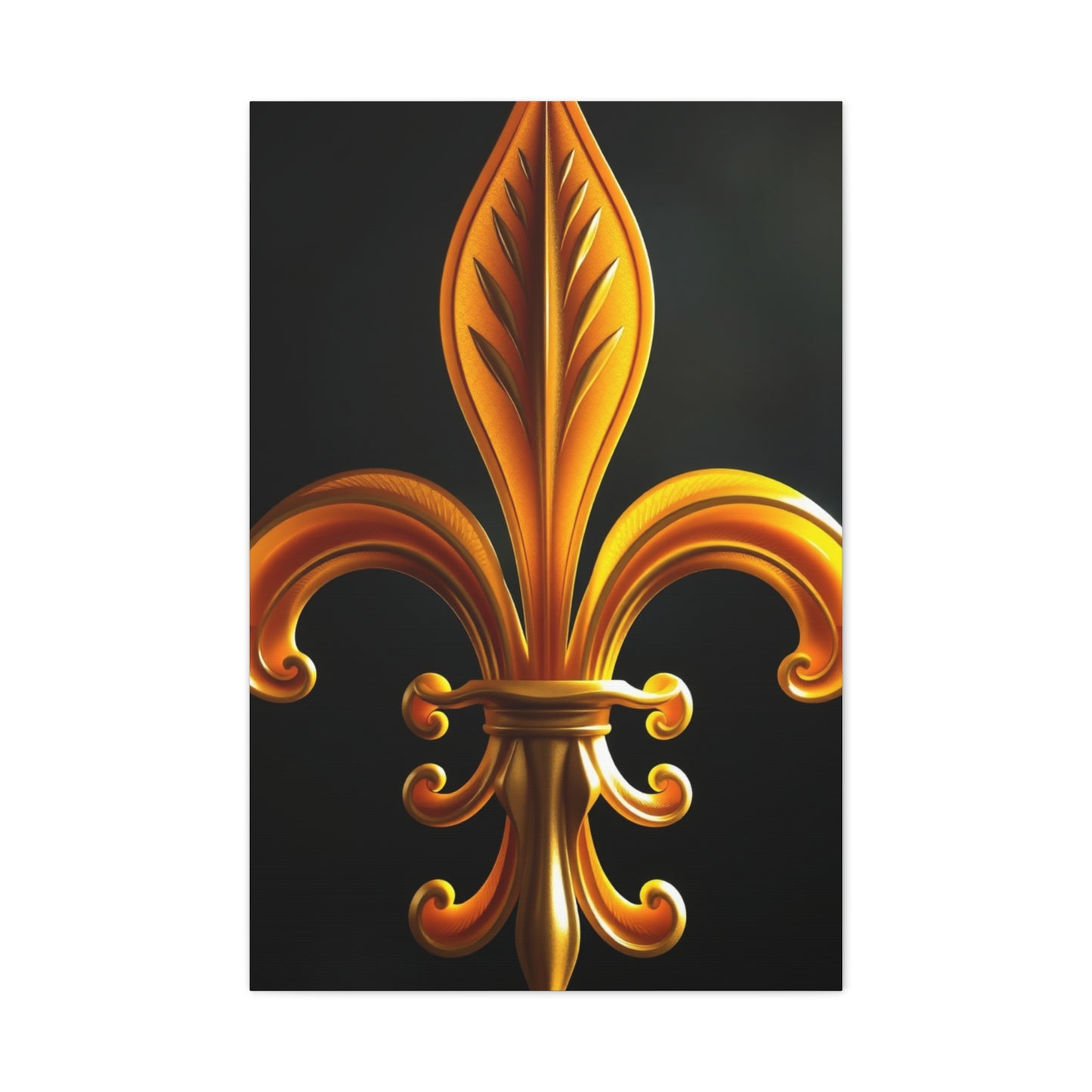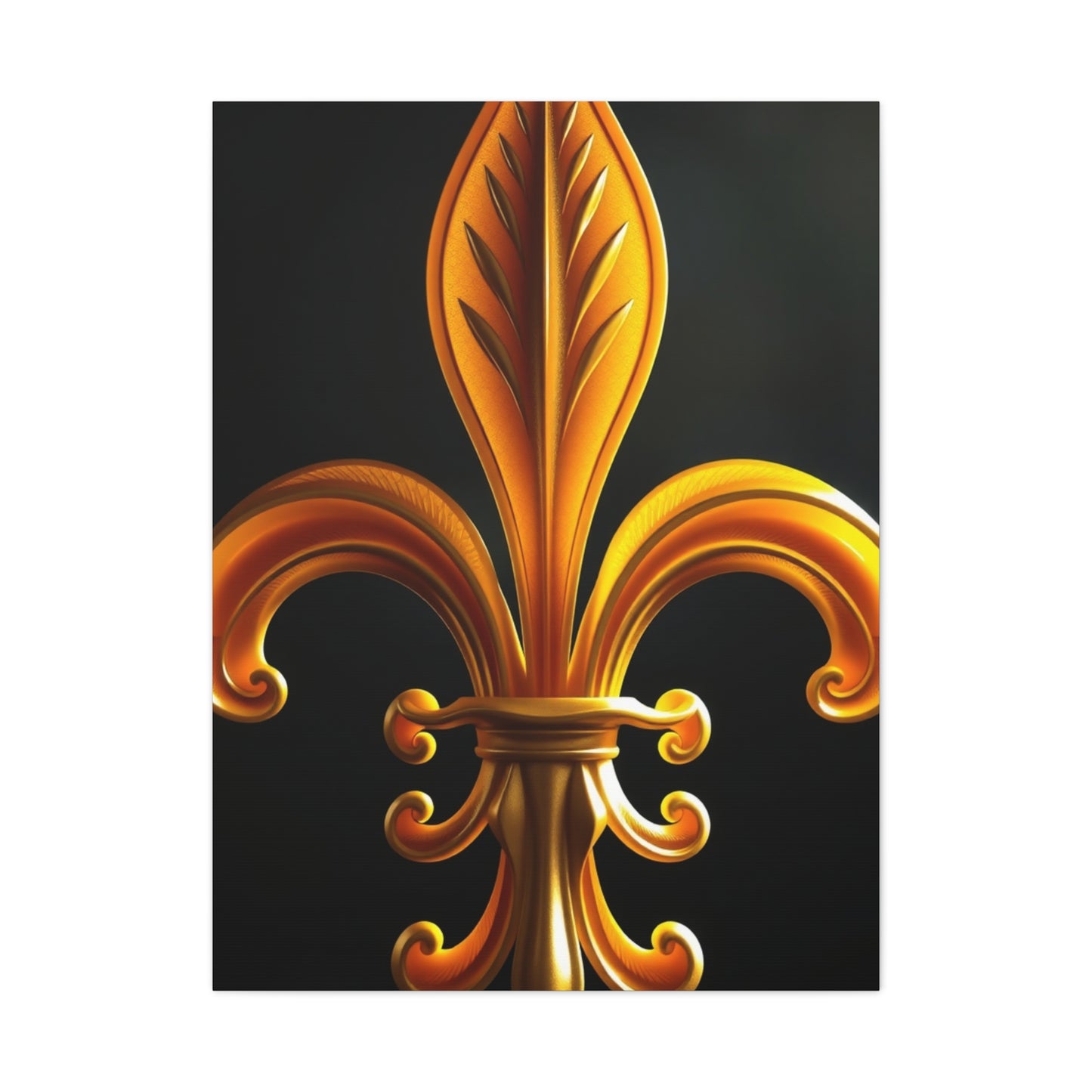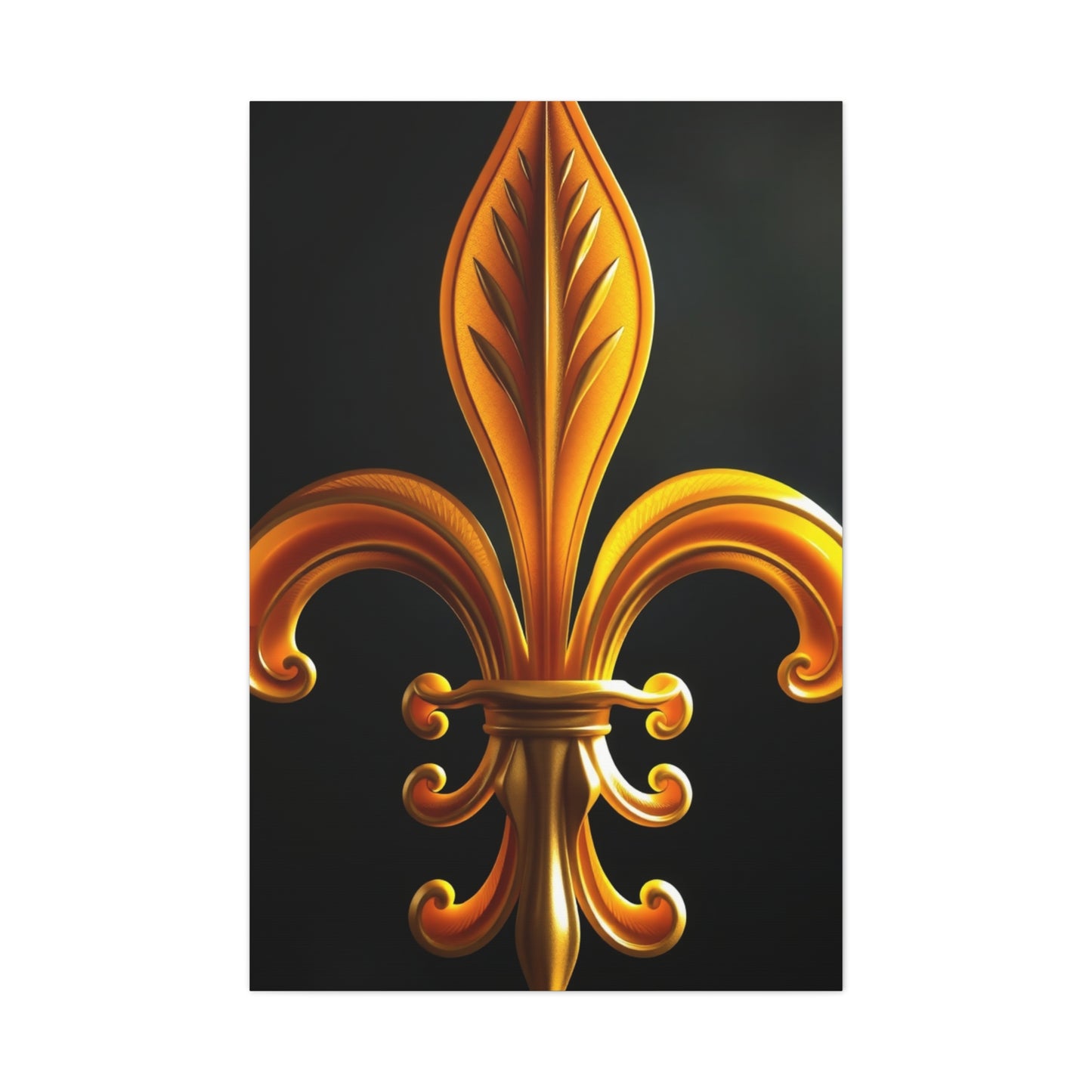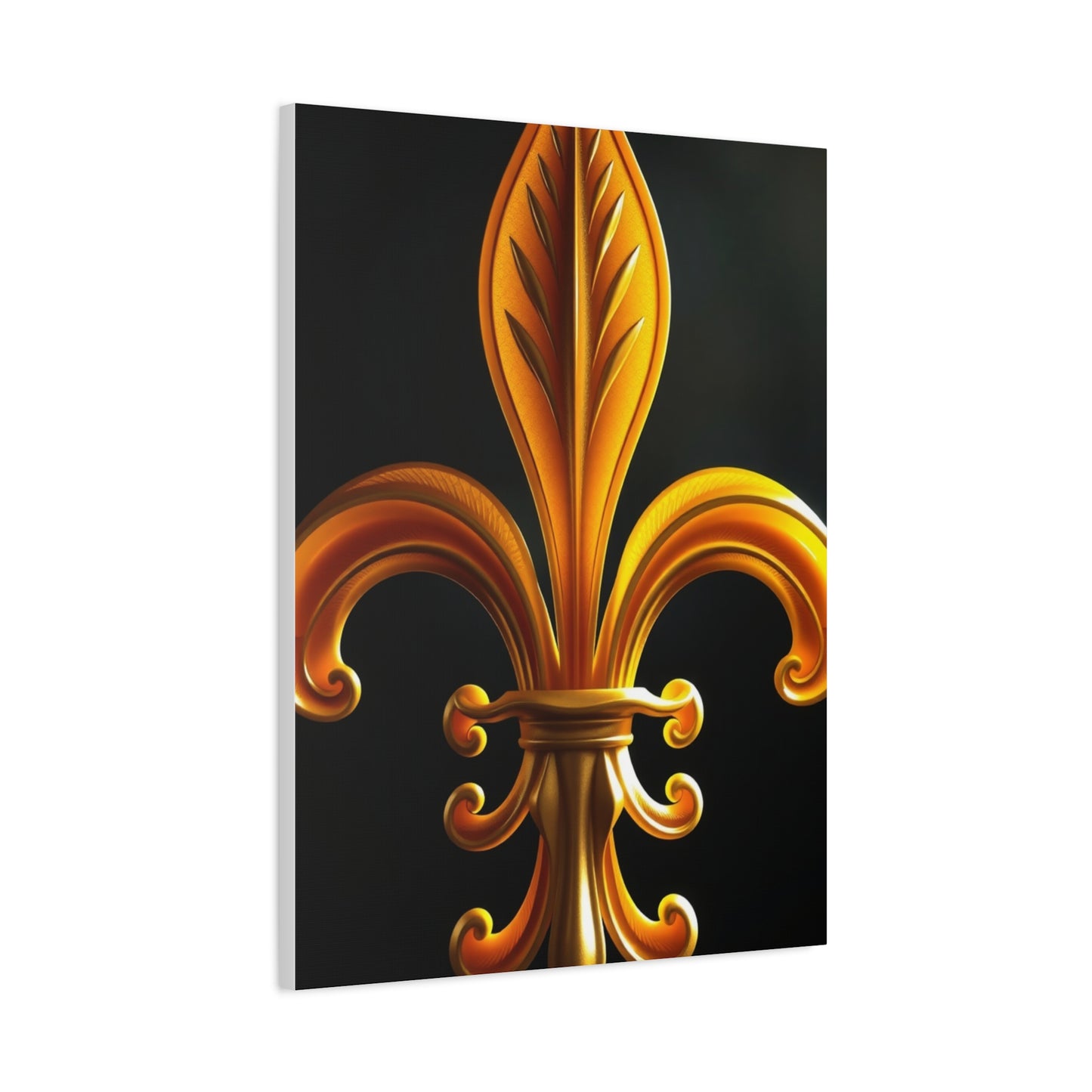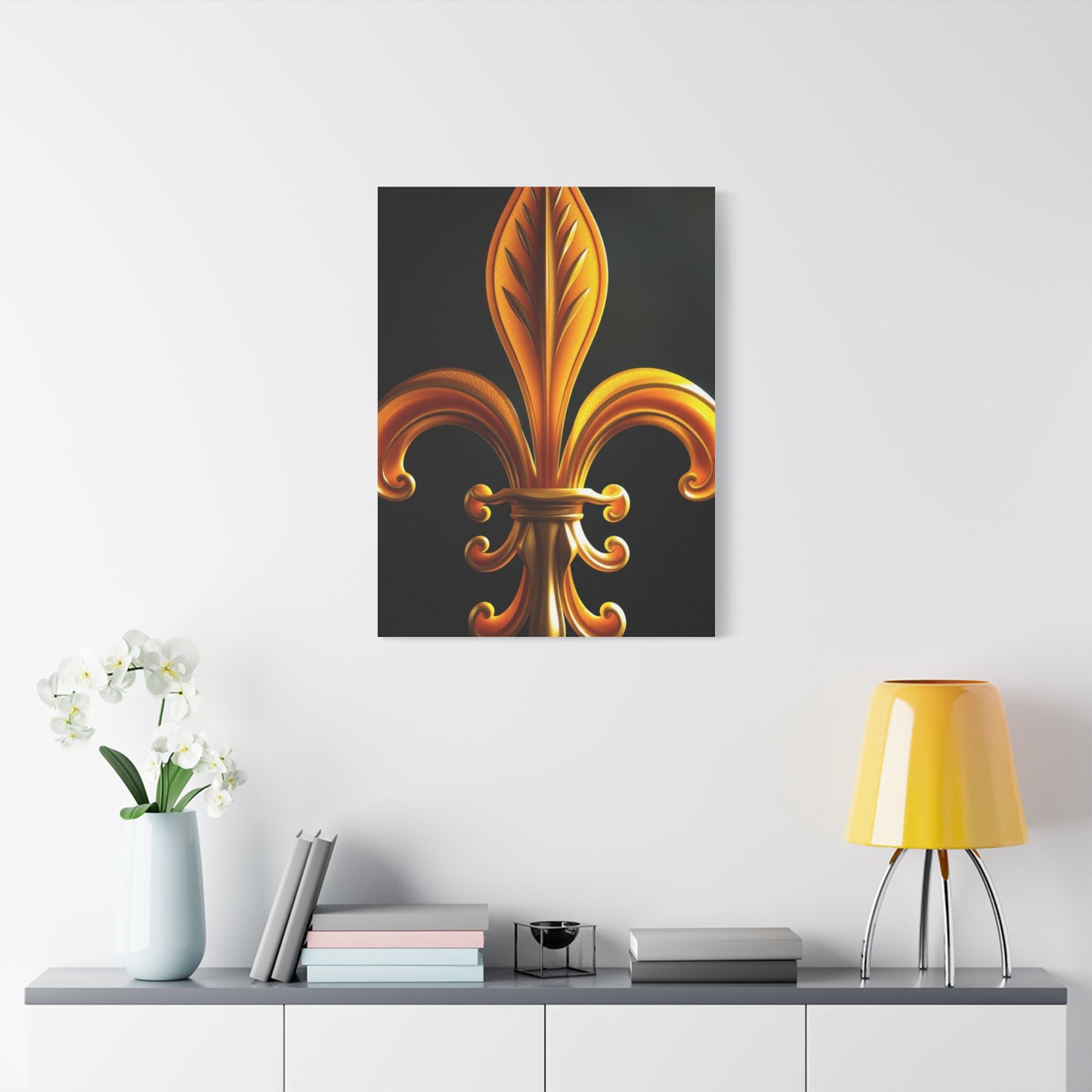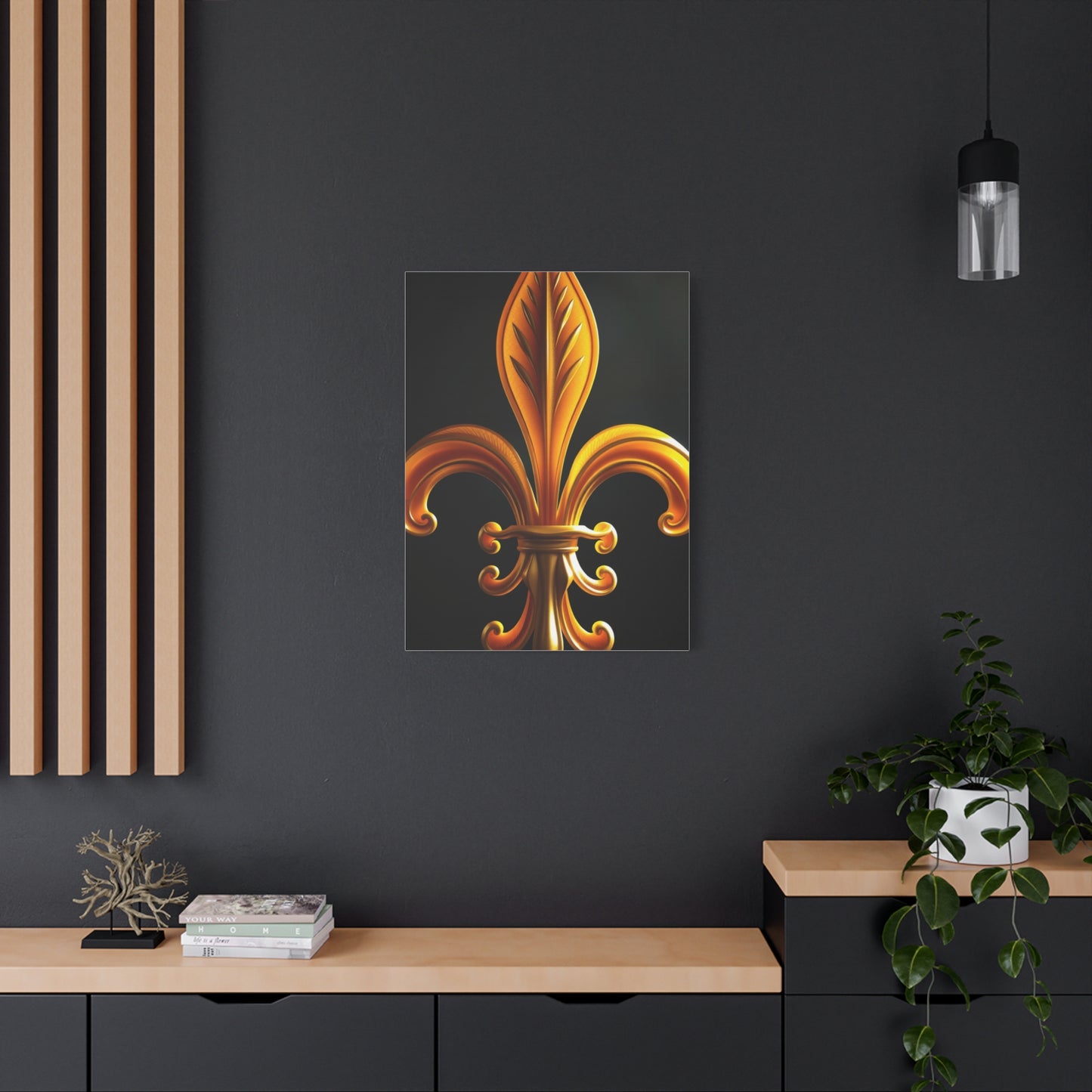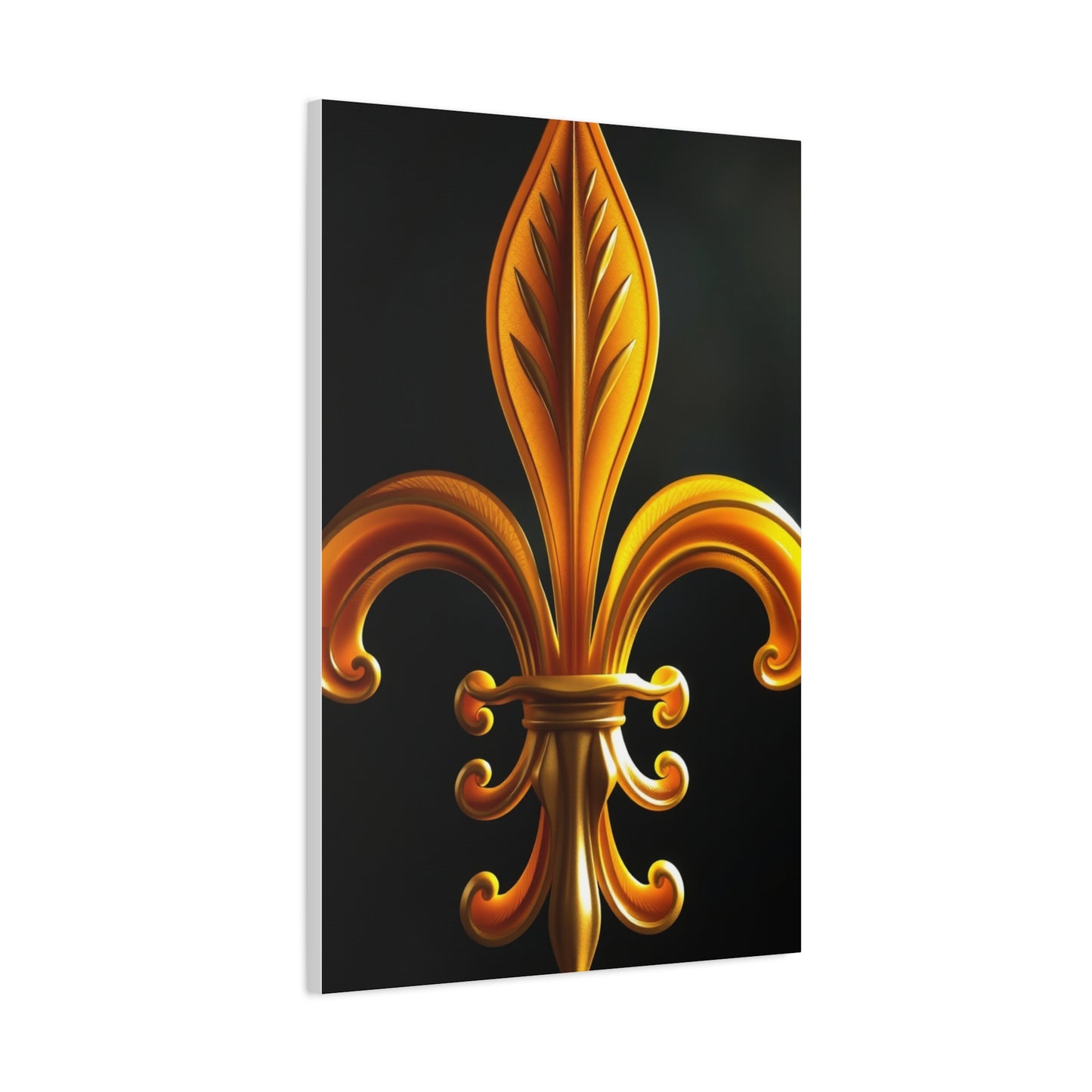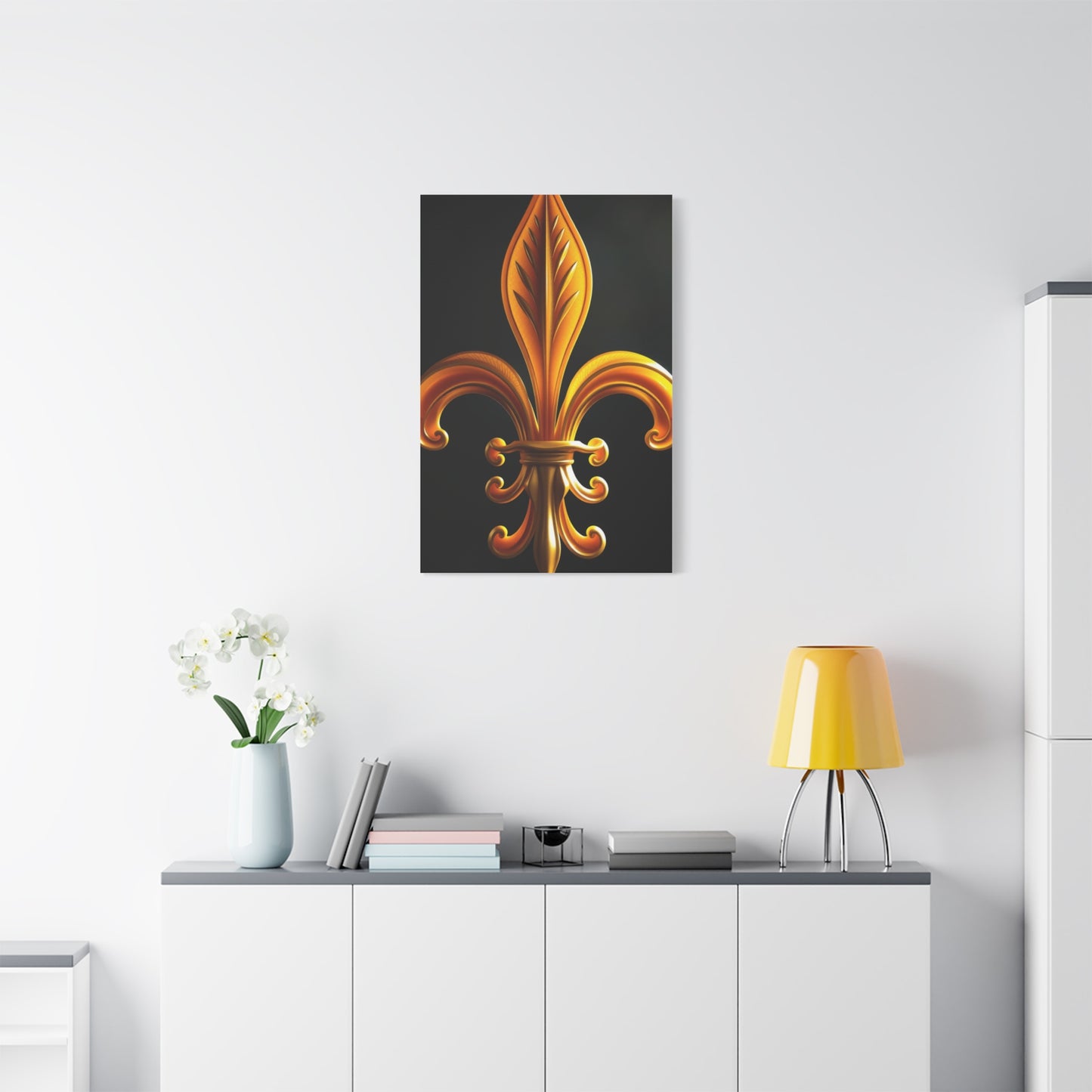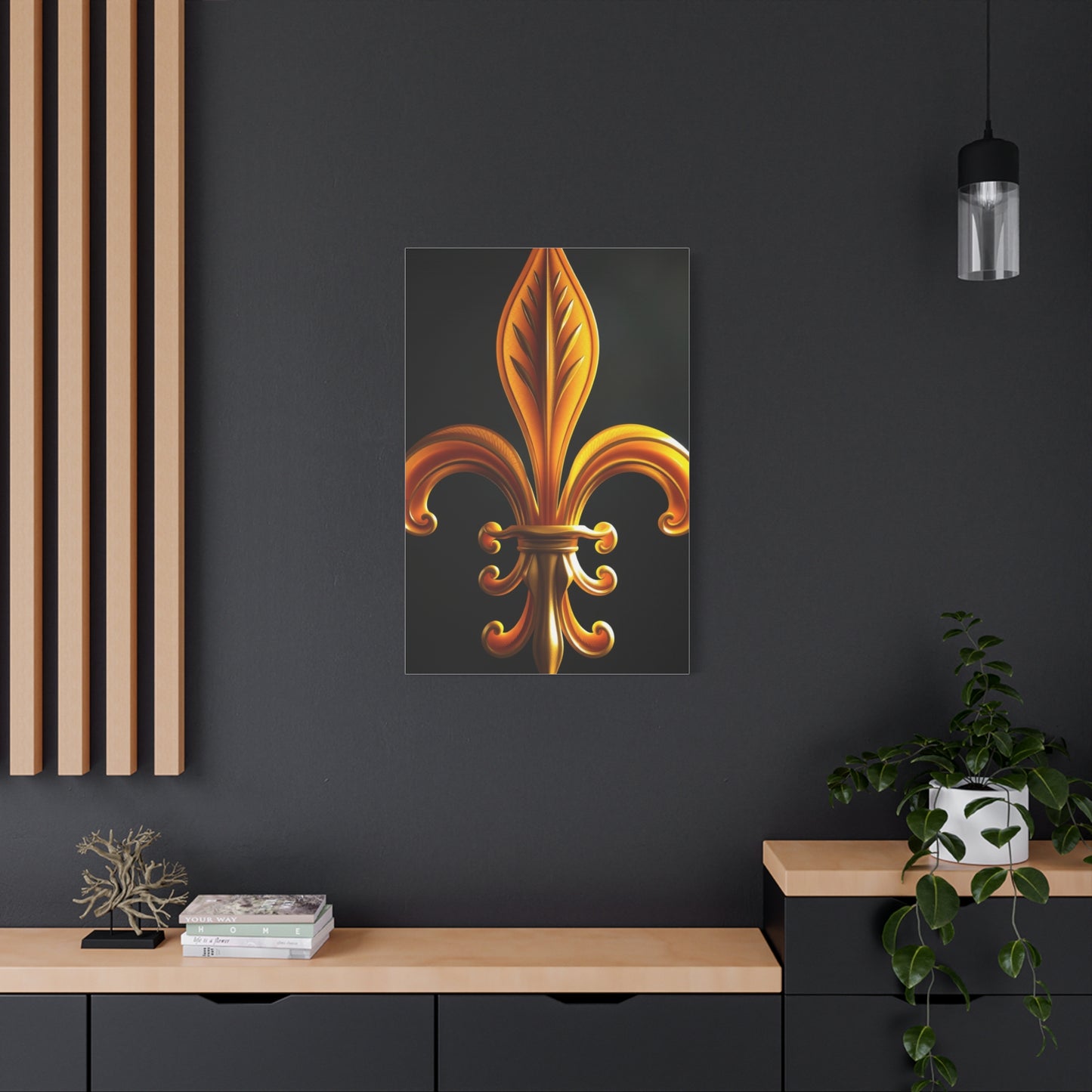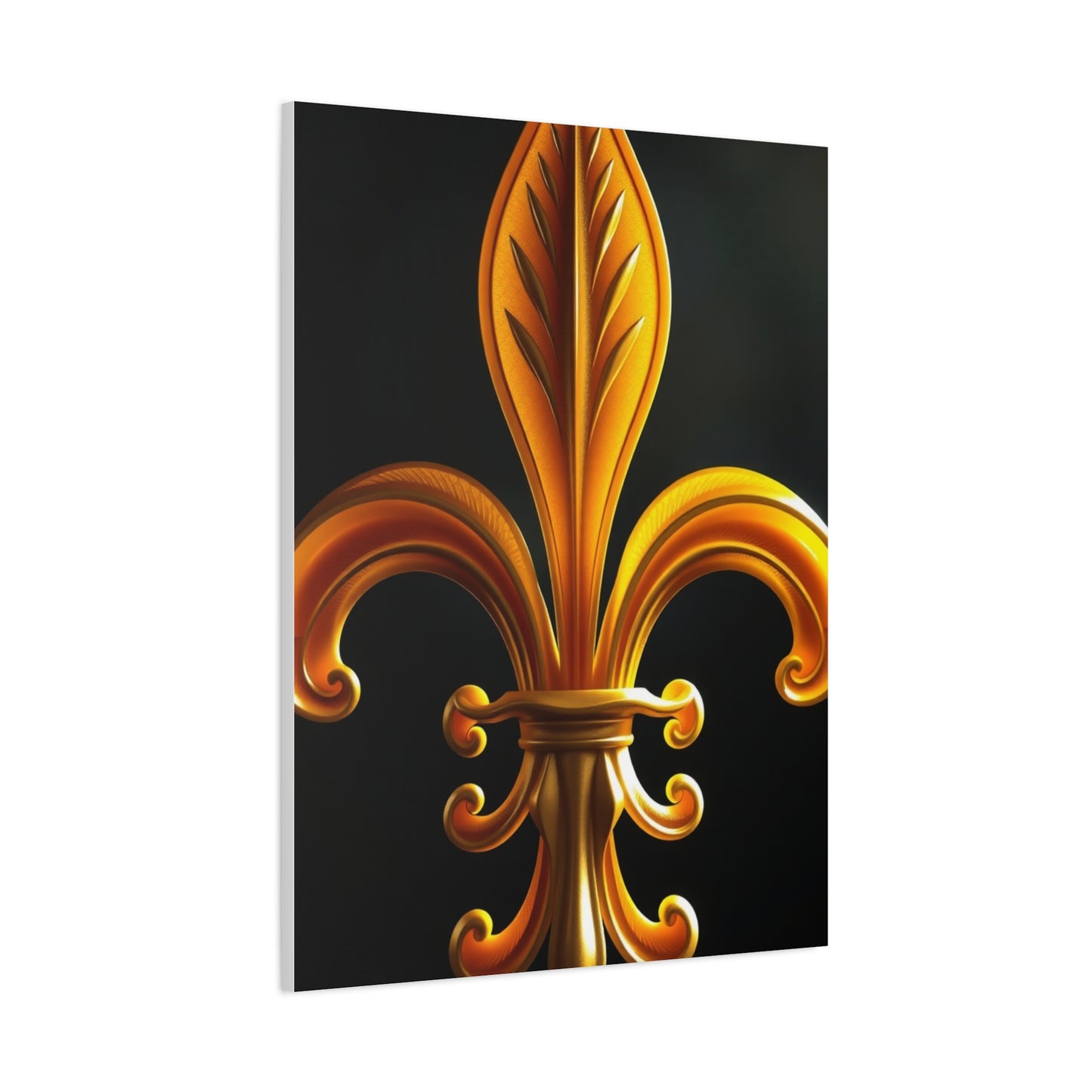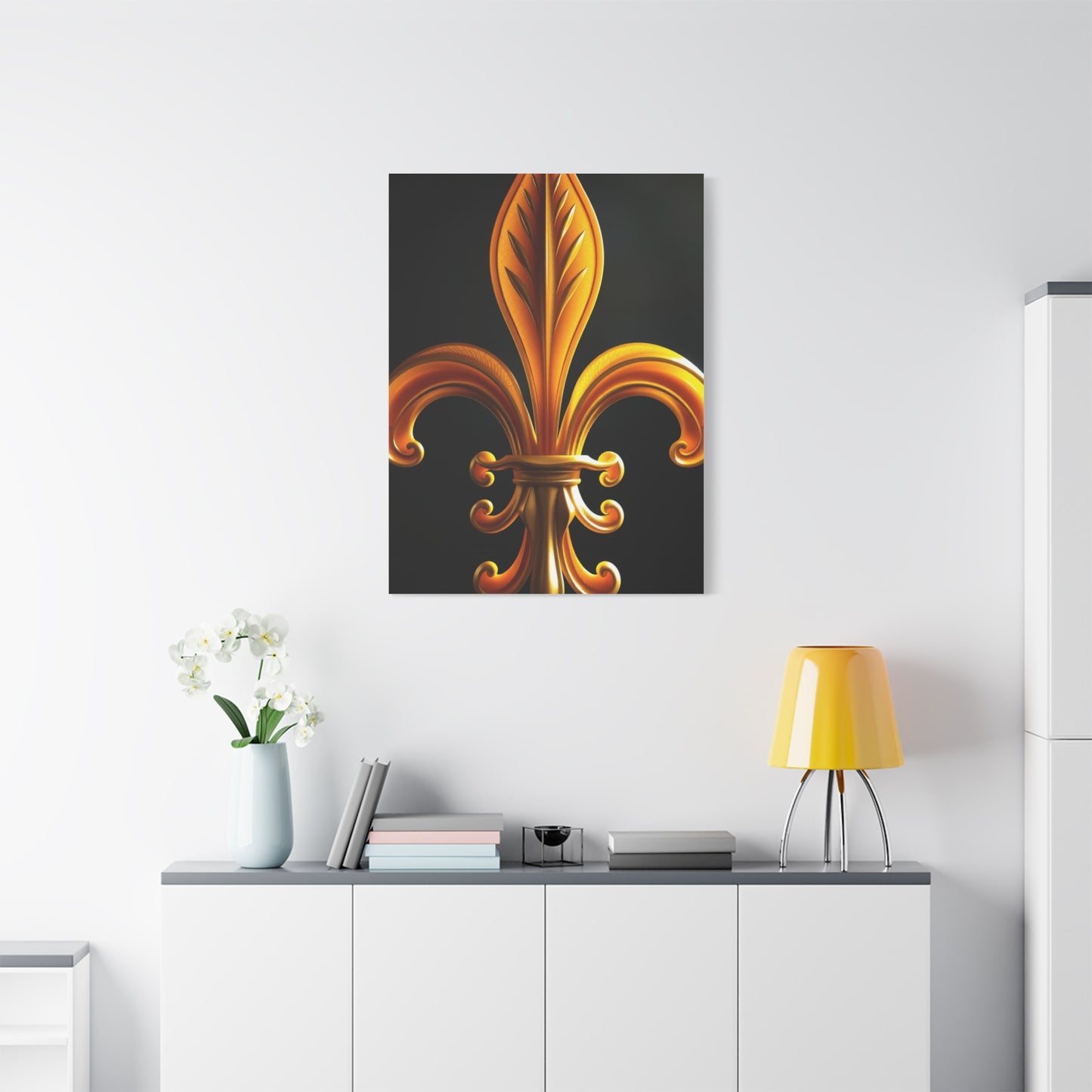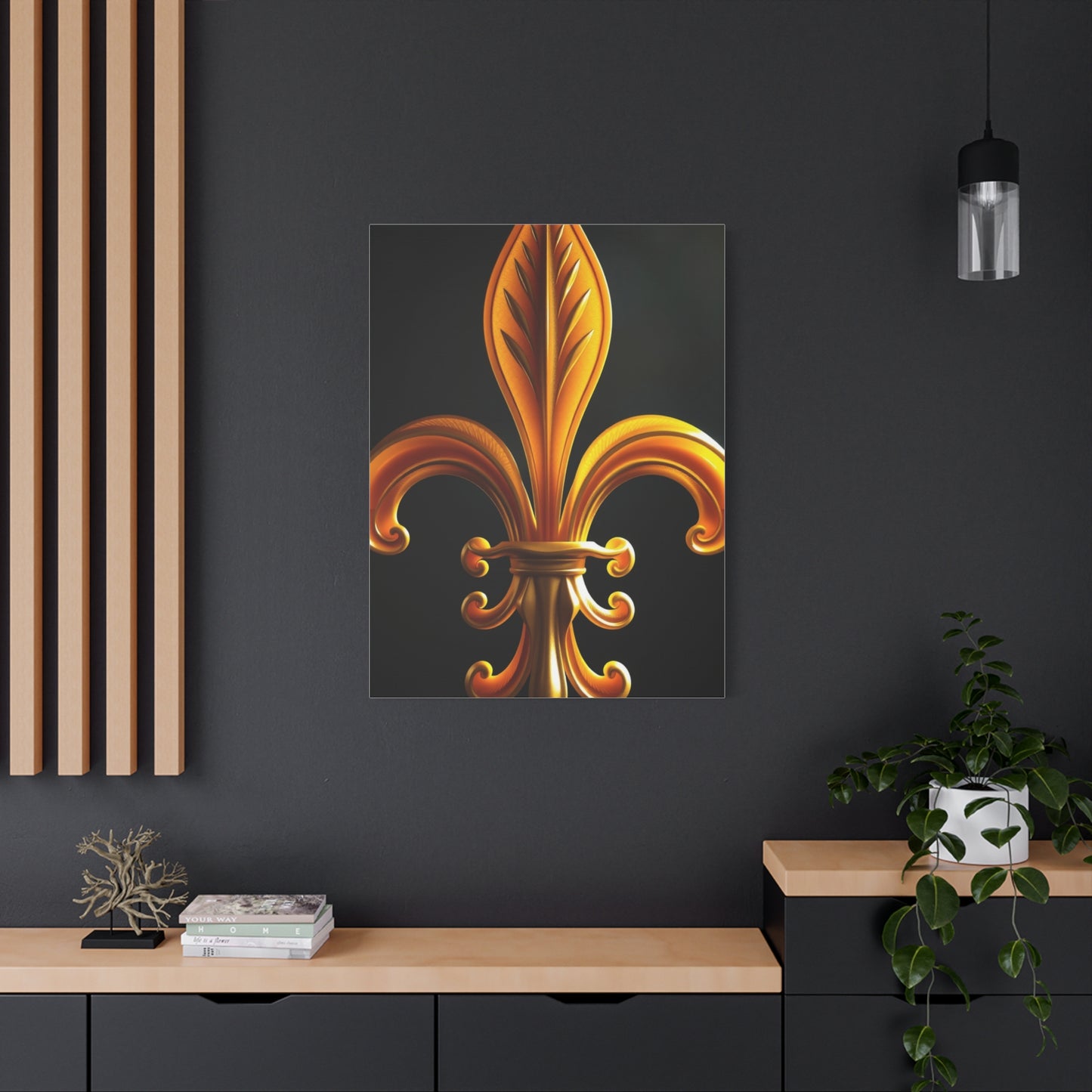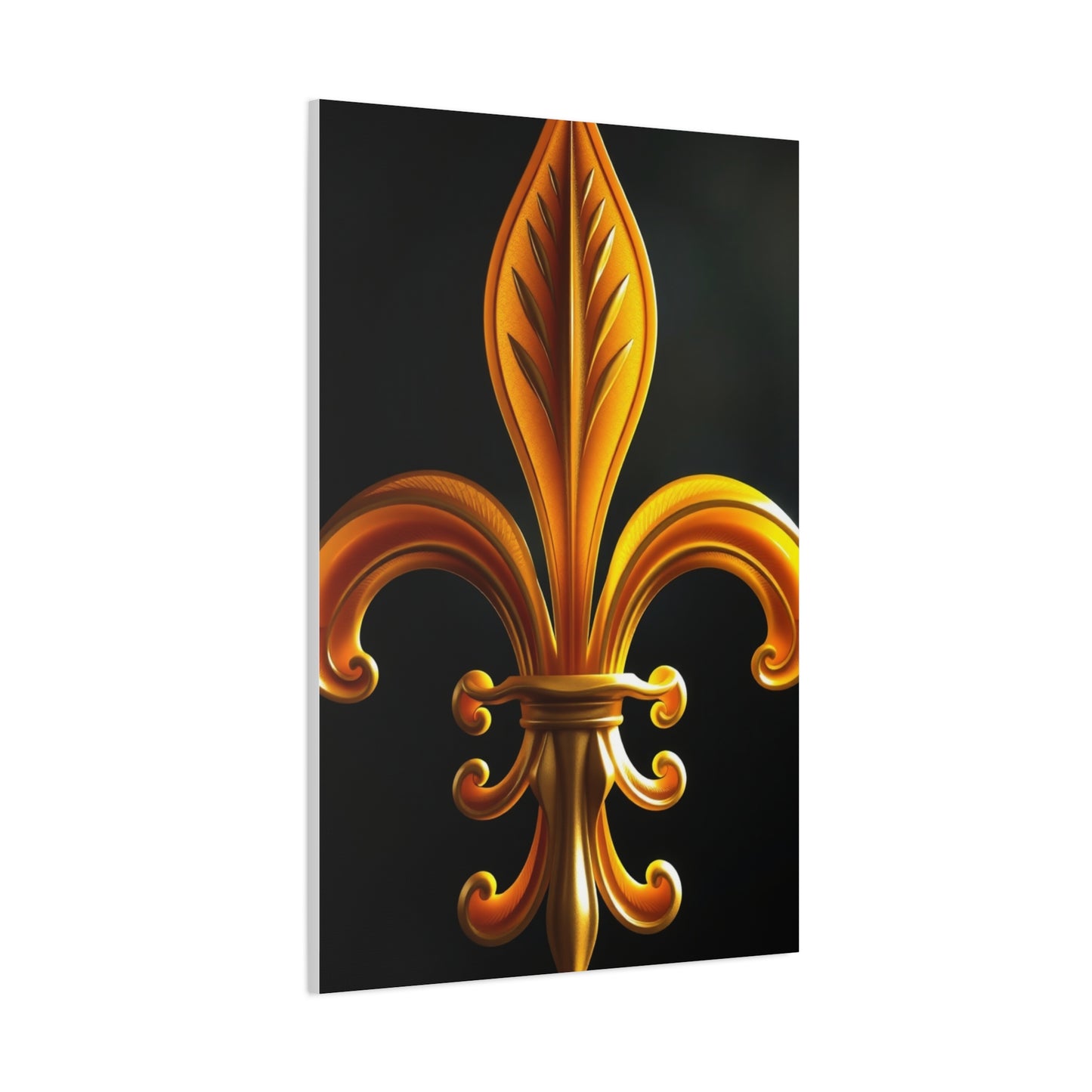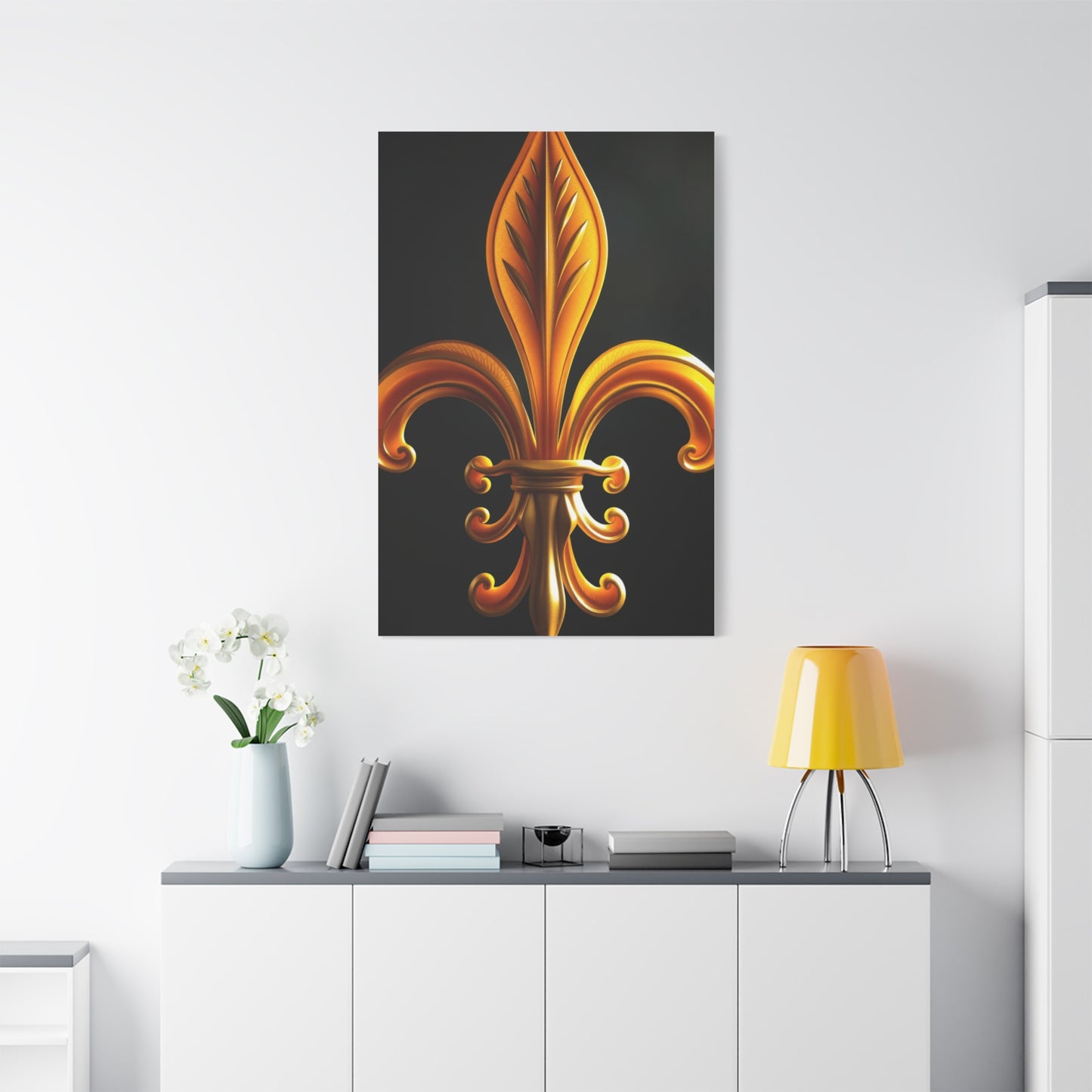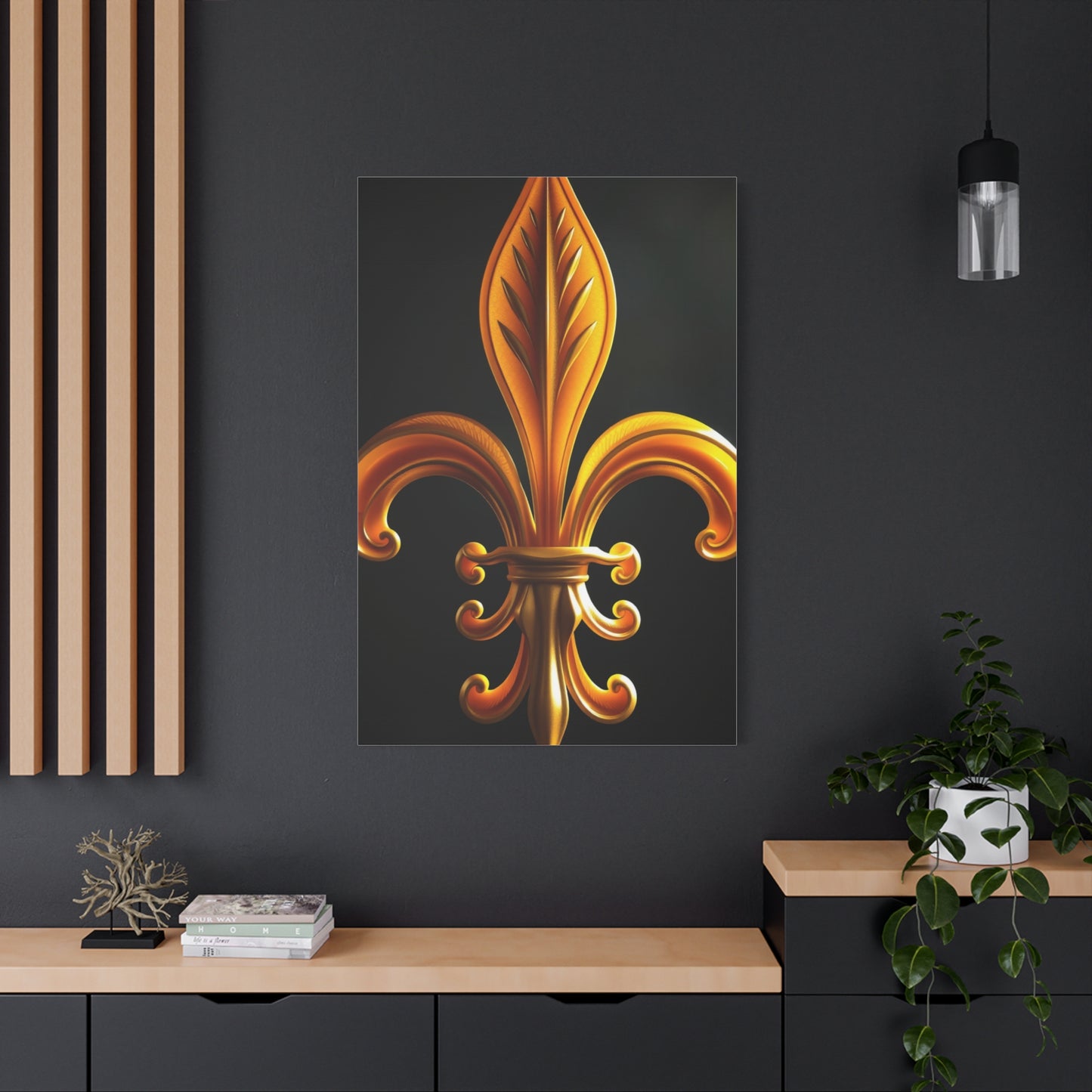Regal Lily Crest Tapestry: Complete Guide to Elegant Tapestry Collection
Lily crest tapestries represent the pinnacle of decorative artistry, combining centuries-old heraldic traditions with botanical elegance. These sophisticated textile masterpieces showcase the enduring appeal of royal motifs while bringing natural beauty into contemporary living environments. The fusion of regal symbolism and floral artistry creates wall art that transcends mere decoration, becoming a statement of refined taste and cultural appreciation.
The historical significance of lily crests dates back to medieval times when noble families incorporated these symbols into their heraldic designs. The lily, particularly the fleur-de-lis, has long represented purity, nobility, and royal authority across various cultures. When translated into tapestry form, these emblems gain additional depth through intricate weaving techniques that highlight every delicate petal and ornamental detail.
Modern interpretations of lily crest tapestries maintain the traditional aesthetic while adapting to contemporary design sensibilities. Master weavers employ time-honored techniques passed down through generations, ensuring each piece captures the essence of historical craftsmanship. The result is wall art that bridges the gap between past and present, offering homeowners an opportunity to incorporate timeless elegance into their personal environments.
The versatility of lily crest tapestries extends beyond traditional settings, finding relevance in various architectural styles and decorative themes. Whether displayed in classical manor houses or modern urban residences, these pieces adapt seamlessly to their surroundings while maintaining their inherent grandeur. The careful balance of color, texture, and symbolism creates visual anchors that enhance any room's aesthetic appeal.
Quality lily crest tapestries demonstrate exceptional attention to detail in their construction and finishing. Premium materials, including high-grade cotton, silk, and wool blends, ensure durability while providing the lustrous appearance that distinguishes superior pieces. The weaving density and thread quality directly impact the final product's longevity and visual impact, making material selection crucial for discerning collectors.
Sophisticated Floral Tapestry Design Principles
The artistry behind floral tapestry design requires masterful understanding of botanical forms and decorative composition. Successful lily crest pieces achieve harmony between naturalistic representation and stylized interpretation, creating designs that feel both authentic and artistically refined. This delicate balance distinguishes exceptional pieces from ordinary decorative textiles.
Color selection plays a fundamental role in establishing the emotional impact and visual coherence of floral tapestries. Traditional palettes often feature deep burgundies, forest greens, and golden yellows that evoke the richness of medieval manuscript illumination. Contemporary interpretations might incorporate softer pastels or monochromatic schemes while preserving the essential character of the original motifs.
Pattern development in lily crest tapestries follows established principles of heraldic design while allowing for creative interpretation. The central lily motif typically serves as the focal point, surrounded by complementary elements that enhance rather than compete with the primary symbol. Supporting decorative elements might include scrollwork, geometric borders, or additional botanical motifs that reinforce the overall theme.
Scale relationships within the composition require careful consideration to ensure visual balance and appropriate proportional representation. The lily crest must dominate the design field while allowing sufficient breathing room for surrounding elements to contribute to the overall aesthetic. Overcrowding can diminish the impact of individual components, while excessive simplicity may result in compositions that lack visual interest.
Texture variation adds dimensional quality to floral tapestries, creating visual depth that enhances the perception of three-dimensional form. Skilled weavers manipulate thread tension, weave density, and fiber selection to achieve subtle variations that simulate the natural textures of flower petals, stems, and leaves. These technical considerations separate professional-quality pieces from mass-produced alternatives.
The integration of light and shadow effects through careful color gradation creates realistic depth within the woven medium. Master artisans understand how different lighting conditions affect color perception and design their pieces accordingly. This foresight ensures that lily crest tapestries maintain their visual impact across various installation environments and lighting scenarios.
Magnificent Timeless Lily Crest Artistry
Timeless artistry in lily crest wall hangings emerges from the perfect synthesis of traditional craftsmanship and enduring aesthetic principles. These pieces transcend contemporary trends, maintaining their relevance and beauty across decades of changing decorative fashions. The secret lies in their connection to fundamental human appreciation for natural beauty and symbolic meaning.
Historical precedents for lily crest artistry can be traced through centuries of decorative arts, from medieval tapestries adorning castle walls to Victorian-era embroidered textiles in affluent homes. Each era contributed unique interpretative approaches while preserving core symbolic elements that continue to resonate with modern audiences. This continuity creates a sense of cultural connection that enriches the viewing experience.
The symbolic significance of lily motifs extends beyond mere aesthetic appeal, encompassing concepts of purity, renewal, and spiritual enlightenment. These deeper meanings add layers of interpretation that reward contemplative viewing and create emotional connections between observers and the artwork. Such symbolic richness contributes to the timeless quality that distinguishes exceptional pieces.
Technical mastery in lily crest creation requires years of training and practice to achieve the level of skill necessary for producing truly timeless pieces. Master weavers must understand not only the mechanical aspects of their craft but also the cultural and artistic traditions that inform their work. This comprehensive knowledge base enables them to create pieces that honor historical precedents while expressing individual artistic vision.
The aging process of high-quality lily crest tapestries actually enhances their beauty, as natural patination adds character and depth to the colors and textures. Unlike mass-produced items that deteriorate with age, well-crafted pieces develop a distinguished appearance that speaks to their quality and authenticity. This improvement over time is a hallmark of truly timeless artistry.
Contemporary appreciation for handcrafted goods has renewed interest in traditional tapestry techniques, creating new markets for authentic lily crest pieces. Modern collectors recognize the value of owning wall art that represents centuries of accumulated skill and cultural heritage. This appreciation ensures the continued relevance of timeless lily crest artistry in contemporary settings.
Distinguished Noble Lily Crest Wall Hangings
Noble lily crest wall hangings embody the highest standards of decorative textile artistry, representing centuries of refinement in both design and execution. These distinguished pieces serve as focal points that elevate entire room compositions while demonstrating the owner's appreciation for cultural heritage and artistic excellence.
The nobility associated with lily crest imagery stems from its historical usage in royal heraldry and aristocratic family emblems. When these symbols appear in wall hangings, they carry forward traditions of grandeur and sophistication that automatically enhance the perceived status of any environment. This inherent nobility makes lily crest pieces particularly suitable for formal settings and ceremonial contexts.
Craftsmanship standards for noble lily crest hangings exceed those of ordinary decorative textiles, requiring master-level skills in design development, material selection, and technical execution. Every aspect of production, from initial sketching to final finishing, must meet exacting standards that reflect the dignity associated with noble imagery.
Size considerations for noble wall hangings typically favor substantial dimensions that command attention and create impressive visual impact. These pieces are designed to serve as room anchors, establishing decorative themes and setting aesthetic standards for surrounding furnishings. The commanding presence of properly scaled noble hangings contributes significantly to their effectiveness as decorative elements.
Installation requirements for noble lily crest hangings often involve specialized mounting systems that ensure proper display while protecting the textile from damage. Professional installation may be advisable for valuable pieces, as improper mounting can compromise both aesthetic impact and long-term preservation. The investment in quality installation reflects the significant value of these distinguished artworks.
Maintenance protocols for noble wall hangings require gentle care and periodic professional cleaning to preserve their appearance and structural integrity. Understanding proper care techniques is essential for maintaining the investment value and aesthetic appeal of these precious textiles. Regular maintenance schedules help ensure that noble pieces continue to enhance their environments for generations.
Exquisite Floral Elegance in Tapestry Form
Floral elegance in tapestry form represents one of the most sophisticated expressions of textile artistry, combining botanical accuracy with decorative refinement to create pieces of exceptional beauty and cultural significance. The lily, with its graceful form and rich symbolic associations, provides ideal subject matter for this elevated art form.
The pursuit of elegance in floral tapestries requires careful attention to proportional relationships, color harmony, and compositional balance. Master designers understand that true elegance emerges from restraint rather than excess, creating compositions that achieve maximum impact through thoughtful simplification rather than overwhelming detail. This sophisticated approach distinguishes elegant pieces from merely decorative alternatives.
Material selection significantly influences the elegant character of floral tapestries, with premium fibers providing the lustrous appearance and refined texture essential for sophisticated presentations. Silk threads contribute luminous highlights that simulate the natural sheen of flower petals, while high-quality cotton provides stable structure and rich color saturation. The careful combination of different fiber types creates complex textural effects that enhance overall elegance.
Weaving techniques employed in elegant floral tapestries often incorporate subtle variations in thread density and tension to create dimensional effects that simulate natural forms. These technical refinements require exceptional skill and patience, as minute adjustments can significantly impact the final appearance. The resulting three-dimensional quality elevates flat textile surfaces into convincing representations of natural beauty.
Color sophistication in elegant floral tapestries extends beyond simple color matching to encompass understanding of how different hues interact under various lighting conditions. Master colorists develop palettes that maintain their harmony and impact across different environmental contexts, ensuring that elegant pieces enhance rather than clash with their surroundings.
The longevity of elegant floral tapestries depends not only on construction quality but also on the timeless nature of their aesthetic approach. Pieces that achieve genuine elegance transcend temporary fashion trends, maintaining their relevance and beauty across decades of changing decorative styles. This enduring appeal makes elegant floral tapestries valuable long-term investments in home decoration.
Magnificent Regal Crest with Lily Motif
Regal crests incorporating lily motifs represent the pinnacle of heraldic artistry translated into textile form. These magnificent pieces combine the authoritative presence of heraldic tradition with the natural beauty of botanical representation, creating wall art that commands respect while inspiring aesthetic appreciation.
The historical development of regal lily crests can be traced through centuries of European heraldic tradition, where these symbols served to identify noble families and royal houses. The translation of these prestigious emblems into tapestry form preserves their dignity while making them accessible for contemporary decorative applications. This accessibility allows modern homeowners to incorporate genuine nobility into their personal environments.
Design complexity in regal crest tapestries requires masterful orchestration of multiple symbolic elements, with the lily motif serving as the central focus while heraldic accessories provide supporting structure. Successful compositions achieve perfect balance between the organic curves of floral forms and the geometric precision of heraldic design conventions. This synthesis creates visually compelling pieces that honor both traditions.
Color significance in regal lily crest tapestries extends beyond aesthetic considerations to encompass traditional heraldic meaning. Specific color combinations carry historical significance that adds depth to the viewing experience for those familiar with heraldic conventions. Even viewers without specialized knowledge can appreciate the dignified character that emerges from these carefully selected color schemes.
Scale appropriateness is crucial for regal crest tapestries, as these pieces must project authority and presence to fulfill their decorative function effectively. Undersized pieces may appear insignificant, while oversized examples might overwhelm their surroundings. Finding the optimal scale requires understanding both the architectural context and the symbolic requirements of regal presentation.
Authentication considerations become important for collectors of regal crest tapestries, as the market includes numerous reproductions and adaptations of historical designs. Understanding the characteristics of authentic pieces versus contemporary interpretations helps collectors make informed decisions while building meaningful collections that reflect genuine appreciation for heraldic tradition.
Outstanding Classic Lily Crest Décor
Classic lily crest décor encompasses a broad category of decorative elements that incorporate traditional lily motifs while maintaining timeless aesthetic appeal. These outstanding pieces serve multiple decorative functions, from establishing focal points to providing coordinating elements that unify room compositions around central themes.
The classic approach to lily crest décor emphasizes proven design principles that have demonstrated their effectiveness across centuries of decorative arts. Rather than pursuing novelty for its own sake, classic pieces draw upon established traditions of proportion, color, and symbolic meaning to create compositions that feel both familiar and distinguished. This approach ensures broad appeal and lasting relevance.
Versatility characterizes outstanding classic lily crest décor, as these pieces adapt successfully to various architectural contexts and decorative styles. Whether displayed in traditional formal settings or contemporary casual environments, classic lily crest elements maintain their inherent dignity while complementing rather than competing with surrounding furnishings.
Quality indicators in classic lily crest décor include attention to traditional proportional relationships, appropriate use of historical color palettes, and faithful representation of botanical forms. These quality markers distinguish authentic classic pieces from superficial imitations that may incorporate lily motifs without understanding their cultural significance or proper decorative application.
Coordination opportunities abound with classic lily crest décor, as these elements naturally complement other traditional decorative motifs including geometric patterns, complementary botanical themes, and period-appropriate architectural details. Building cohesive decorative schemes around classic lily crest elements provides a proven foundation for sophisticated room design.
Investment value in classic lily crest décor tends to remain stable over time, as these pieces represent enduring aesthetic principles rather than temporary fashion trends. Collectors and decorators who choose classic approaches benefit from the security of knowing their selections will remain relevant and attractive across changing decorative fashions.
Majestic Lily Tapestry Artistry
Majestic lily tapestry artistry represents the highest expression of botanical representation in woven form, combining technical mastery with artistic vision to create pieces that command attention and inspire admiration. These exceptional works transcend mere decoration, achieving the status of fine art through their sophisticated execution and compelling beauty.
The pursuit of majesty in lily tapestry creation requires understanding both the symbolic significance of lily imagery and the technical demands of advanced weaving techniques. Master artisans must possess not only mechanical skills but also deep appreciation for the cultural traditions that inform their work. This comprehensive understanding enables them to create pieces that honor historical precedents while expressing individual artistic vision.
Compositional grandeur in majestic lily tapestries often involves complex arrangements that showcase multiple lily varieties or developmental stages within unified design frameworks. These ambitious compositions challenge weavers to maintain coherence while celebrating the diversity and beauty of their subject matter. Success requires exceptional planning skills and sustained attention to detail throughout the lengthy creation process.
Technical innovation in majestic lily tapestries might incorporate advanced weaving techniques that create unprecedented textural effects or dimensional qualities. Progressive artisans experiment with new approaches while respecting traditional foundations, creating pieces that push the boundaries of what tapestry can achieve as an artistic medium.
Scale ambitions in majestic pieces often exceed those of conventional tapestries, as these works are conceived to create overwhelming visual impact that transforms entire environments. Large-scale majestic tapestries become architectural elements that influence the character of their settings while providing focal points for room compositions.
Critical recognition of majestic lily tapestry artistry has grown as art critics and collectors have developed greater appreciation for textile arts. Museums and galleries increasingly feature exceptional tapestry works, providing public platforms for experiencing the full impact of majestic pieces while educating viewers about the sophistication possible in this medium.
Regal Floral Heritage Tapestry
Regal floral heritage tapestries preserve centuries of decorative tradition while adapting historical motifs for contemporary appreciation. These pieces serve as cultural bridges, connecting modern viewers with the aesthetic sensibilities and symbolic meanings that have enriched human environments throughout history.
Heritage preservation through floral tapestries involves careful study of historical examples to understand the design principles and technical approaches that characterized different periods. Contemporary weavers who create heritage-inspired pieces must balance historical accuracy with modern practicality, ensuring that their work honors tradition while meeting current quality and durability standards.
Regional variations in floral heritage tapestries reflect the diverse cultural traditions that have contributed to this art form's development. European, Asian, and Middle Eastern traditions each offer unique approaches to floral representation and symbolic meaning, providing rich source material for contemporary heritage-inspired creations.
Documentation importance for heritage tapestries cannot be overstated, as these pieces often represent the only surviving records of historical design traditions. Careful cataloging and preservation of heritage examples ensures that future generations will have access to these cultural treasures while providing source material for continued artistic development.
Revival movements in heritage tapestry creation have emerged as artisans and collectors recognize the value of preserving traditional skills and aesthetic approaches. These movements often involve collaborations between museums, educational institutions, and practicing artisans to ensure that crucial knowledge and techniques are not lost to time.
Contemporary relevance of heritage tapestries extends beyond historical interest to encompass their continued ability to enhance modern living environments. The timeless beauty and cultural richness of heritage-inspired pieces make them valuable additions to contemporary homes, providing connections to broader cultural traditions while serving practical decorative functions.
Refined Lily Crest for Discriminating Collectors
Refined lily crest tapestries designed for discriminating collectors represent the absolute pinnacle of quality and sophistication in this specialized art form. These exceptional pieces meet the exacting standards of knowledgeable buyers who understand the subtle distinctions that separate superior craftsmanship from ordinary production.
Collector education plays a crucial role in developing appreciation for refined lily crest pieces, as understanding the historical context, symbolic meaning, and technical requirements enables more informed purchasing decisions. Discriminating collectors invest time in learning about the traditions and techniques that inform superior craftsmanship.
Authentication challenges facing collectors of refined lily crest tapestries require developing expertise in recognizing quality markers and period characteristics. The market includes numerous reproductions and varying quality levels, making knowledge and experience essential for building meaningful collections that retain their value over time.
Investment considerations for refined lily crest pieces extend beyond initial purchase price to encompass long-term appreciation potential, maintenance requirements, and insurance needs. Serious collectors approach these investments with comprehensive planning that addresses all aspects of ownership and stewardship.
Market dynamics affecting refined lily crest tapestries involve complex interactions between artistic merit, historical significance, condition factors, and collector demand. Understanding these dynamics helps collectors make strategic acquisition decisions while building collections that reflect their personal aesthetic preferences and investment objectives.
Conservation requirements for refined collector pieces often exceed those of decorative tapestries, as valuable examples require specialized care to maintain their condition and value. Professional conservation services may be necessary for significant pieces, representing ongoing investment in collection preservation and enhancement.
Artistic Tapestry with Regal Lily Motifs
Artistic tapestries featuring regal lily motifs occupy a unique position in contemporary textile arts, bridging traditional decorative applications with fine art aspirations. These exceptional pieces demonstrate how historical motifs can be reinterpreted through contemporary artistic sensibilities while maintaining their essential character and symbolic meaning.
Artistic interpretation of regal lily motifs allows contemporary weavers to express personal creative vision while working within established iconographic traditions. This creative freedom enables the development of unique pieces that honor historical precedents while making original contributions to the ongoing evolution of tapestry art.
Medium exploration in artistic lily tapestries might incorporate unconventional materials, experimental techniques, or innovative compositional approaches that challenge traditional boundaries while preserving essential aesthetic qualities. Progressive artists push the medium forward while respecting the cultural heritage that informs their work.
Exhibition opportunities for artistic lily tapestries have expanded as galleries and museums recognize the sophisticated artistry possible in contemporary textile work. These venues provide platforms for experiencing the full impact of artistic pieces while educating viewers about the complexity and cultural significance of tapestry as an art form.
Critical dialogue surrounding artistic lily tapestries contributes to broader discussions about the relationship between traditional crafts and contemporary fine arts. These conversations help establish appropriate contexts for evaluating artistic tapestries while promoting greater appreciation for textile arts in general.
Collectibility of artistic lily tapestries depends on factors including artist reputation, technical quality, aesthetic innovation, and cultural significance. Serious collectors of contemporary textile arts recognize the potential for exceptional pieces to appreciate in value while providing ongoing aesthetic enjoyment.
Graceful Lily Crest Design Excellence
Graceful lily crest designs achieve excellence through masterful balance of botanical accuracy, symbolic appropriateness, and aesthetic refinement. These exceptional pieces demonstrate how traditional motifs can be executed with contemporary sensibilities while preserving their essential character and cultural significance.
Design development for graceful lily crest pieces begins with thorough research into historical precedents and botanical references to ensure authenticity and accuracy. Master designers combine this scholarly foundation with intuitive understanding of compositional principles to create pieces that feel both historically grounded and artistically fresh.
Proportional relationships in graceful lily crest designs require careful attention to ensure that all elements contribute to overall harmony without competing for attention. The lily motif must dominate the composition while allowing supporting elements sufficient presence to create visual interest and symbolic richness.
Color sophistication in graceful designs extends beyond simple palette selection to encompass understanding of how different hues interact to create mood and atmosphere. Master colorists develop schemes that enhance the graceful character of lily forms while maintaining appropriate dignity for crest applications.
Technical execution of graceful lily crest designs demands exceptional weaving skills, as the subtle qualities that distinguish graceful pieces emerge from minute variations in technique and attention to detail. Every aspect of construction must meet the highest standards to achieve the refinement that characterizes true excellence.
Market recognition of design excellence in lily crest tapestries reflects growing appreciation for superior craftsmanship and artistic vision. Discriminating buyers increasingly seek pieces that demonstrate exceptional quality in both conception and execution, creating demand for graceful designs that meet these elevated standards.
Prestigious Heritage-Inspired Floral Tapestry
Heritage-inspired floral tapestries draw upon centuries of decorative tradition to create prestigious pieces that honor the past while serving contemporary needs. These sophisticated works demonstrate how historical design principles can be adapted to modern contexts without losing their essential character or cultural significance.
Historical research forms the foundation for authentic heritage-inspired pieces, as contemporary artisans must understand the cultural contexts and technical approaches that characterized different periods. This scholarly approach ensures that heritage-inspired works maintain appropriate connections to their historical sources while adapting to contemporary requirements.
Cultural significance embedded in heritage-inspired floral tapestries extends beyond aesthetic considerations to encompass the social and symbolic meanings that these designs carried in their original contexts. Understanding these deeper meanings enables contemporary viewers to appreciate the full richness of heritage-inspired pieces.
Adaptation challenges in creating heritage-inspired works involve balancing historical accuracy with contemporary practicality. Modern weavers must consider current lifestyle requirements and decorative contexts while preserving the essential qualities that make historical designs compelling and meaningful.
Quality standards for prestigious heritage-inspired pieces must meet or exceed those of historical examples, as contemporary works compete directly with antique pieces in the collector market. This competitive environment demands exceptional craftsmanship and attention to detail in all aspects of production.
Educational value of heritage-inspired tapestries extends their significance beyond mere decoration to encompass their role as cultural artifacts that preserve and transmit historical knowledge. These pieces serve as tangible connections to past traditions while inspiring continued appreciation for decorative arts.
Exceptional Regal Lily Motifs in Woven Art
Exceptional regal lily motifs in woven art represent the highest achievement in botanical representation through textile techniques. These sophisticated pieces combine naturalistic accuracy with symbolic dignity to create works that function simultaneously as decorative elements and cultural statements.
Botanical accuracy in exceptional lily motifs requires extensive study of actual lily varieties to ensure faithful representation of form, proportion, and detail. Master weavers often maintain reference collections or work directly with botanical specimens to achieve the level of accuracy that distinguishes exceptional pieces from conventional representations.
Symbolic integration of regal elements with lily motifs demands understanding of heraldic traditions and their appropriate application in decorative contexts. The successful combination of botanical and heraldic elements requires careful balance to ensure that neither aspect overwhelms the other while both contribute to the overall impact.
Technical mastery required for exceptional regal lily motifs includes advanced weaving techniques that create realistic textural effects and dimensional qualities. These sophisticated approaches often involve multiple thread types, varied weaving densities, and complex color gradations that simulate natural appearances.
Artistic innovation in exceptional pieces might incorporate contemporary interpretations of traditional motifs while maintaining their essential character and symbolic meaning. Progressive artists find ways to refresh familiar imagery without losing the cultural connections that give these motifs their enduring appeal.
Recognition within the art community for exceptional woven lily motifs has grown as critics and collectors develop greater appreciation for the sophisticated artistry possible in textile mediums. Museums and galleries increasingly feature exceptional tapestry works, providing platforms for experiencing their full impact while educating viewers about textile arts.
Distinguished Classic Tapestry with Royal Flair
Classic tapestries with royal flair combine traditional design principles with regal symbolism to create distinguished pieces that enhance any environment with their inherent nobility and sophisticated presence. These exceptional works serve as focal points that establish decorative themes while demonstrating their owners' appreciation for cultural heritage and artistic excellence.
Royal symbolism in classic tapestries encompasses various heraldic elements, including lily motifs, crowns, and noble emblems that carry centuries of cultural significance. The appropriate integration of these symbols requires understanding their historical usage and symbolic meanings to ensure authentic and respectful representation.
Traditional techniques employed in distinguished classic tapestries often involve time-honored approaches passed down through generations of master weavers. These proven methods produce the characteristic appearance and quality that distinguish classic pieces from contemporary alternatives while ensuring long-term durability and beauty.
Design principles governing classic tapestries with royal flair emphasize balance, proportion, and symbolic appropriateness over novelty or experimentation. This conservative approach ensures that classic pieces maintain their relevance and appeal across changing decorative fashions while preserving their essential dignity.
Material selection for distinguished classic pieces typically favors traditional fibers and dyestuffs that provide authentic appearance and proven longevity. High-quality natural materials contribute to the prestigious character of classic tapestries while ensuring that these investments will provide decades of service and beauty.
Installation considerations for distinguished classic tapestries often require specialized mounting systems and environmental controls to protect valuable pieces while ensuring optimal display. Professional installation may be advisable for significant works, as proper mounting enhances both aesthetic impact and long-term preservation.
Magnificent Graceful Lily Crest Presentations
Graceful lily crest presentations achieve magnificence through masterful orchestration of design elements, technical execution, and symbolic meaning. These exceptional pieces demonstrate how traditional motifs can be elevated through superior craftsmanship and artistic vision to create works that transcend mere decoration.
Presentation techniques for graceful lily crests involve careful attention to proportional relationships, color harmony, and compositional flow. Master designers understand that gracefulness emerges from restraint and refinement rather than excess, creating pieces that achieve maximum impact through thoughtful simplification.
Environmental considerations for magnificent lily crest presentations include lighting requirements, architectural context, and surrounding décor elements that influence overall effectiveness. These factors must be considered during the design process to ensure that finished pieces achieve their full potential in their intended settings.
Viewing experience enhancement for graceful presentations might involve strategic placement, appropriate scale selection, and complementary framing or mounting techniques that support rather than compete with the primary artwork. These supporting elements contribute significantly to the overall impact of magnificent presentations.
Maintenance protocols for magnificent graceful lily crest presentations require understanding both general textile care principles and specific requirements of individual pieces. Regular maintenance schedules help preserve the investment value and aesthetic appeal of these precious works while ensuring their continued effectiveness as decorative elements.
Documentation importance for magnificent presentations extends beyond basic cataloging to encompass detailed records of provenance, condition, and care history. This documentation supports both preservation efforts and potential future transactions while contributing to the broader historical record of decorative arts.
Superior Heritage-Inspired Floral Textile Art
Superior heritage-inspired floral textile art represents the pinnacle of contemporary interpretation of historical design traditions. These exceptional pieces demonstrate how centuries of accumulated wisdom in decorative arts can be channeled into modern creations that honor the past while serving contemporary needs.
Research methodology for superior heritage-inspired pieces involves comprehensive study of historical examples, including analysis of design principles, technical approaches, and cultural contexts that informed original works. This scholarly foundation ensures that contemporary interpretations maintain appropriate connections to their historical sources.
Cultural authenticity in heritage-inspired textile art requires deep understanding of the social and symbolic meanings that historical designs carried in their original contexts. Contemporary artisans must balance historical accuracy with modern practicality while preserving the essential qualities that make heritage designs compelling.
Technical innovation in superior heritage-inspired pieces might incorporate contemporary materials or techniques while maintaining the aesthetic character of historical examples. Progressive approaches can enhance durability or practical functionality without compromising the cultural integrity of heritage-inspired designs.
Quality benchmarks for superior heritage-inspired works often exceed those of historical examples, as contemporary pieces must compete with both antique works and other modern alternatives in today's demanding marketplace. This competitive environment drives continuous improvement in craftsmanship standards.
Educational impact of superior heritage-inspired textile art extends their significance beyond decoration to encompass their role as cultural preservation tools that maintain connections to historical traditions while inspiring continued appreciation for decorative arts.
Exquisite Regal Lilies on Woven Masterpieces
Exquisite regal lilies on woven masterpieces represent the ultimate achievement in botanical textile art, combining naturalistic representation with symbolic dignity to create works of extraordinary beauty and cultural significance. These exceptional pieces demonstrate the highest levels of artistic vision and technical mastery possible in the tapestry medium.
Masterpiece criteria for regal lily tapestries include exceptional design quality, superior technical execution, historical or cultural significance, and enduring aesthetic appeal. These demanding standards ensure that only the most outstanding examples achieve recognition as true masterpieces worthy of serious collection and preservation.
Botanical excellence in exquisite lily representations requires master-level understanding of lily anatomy, growth patterns, and natural variations. This knowledge enables weavers to create convincing representations that capture not only the visual appearance but also the essential character of these magnificent flowers.
Regal interpretation of lily motifs involves appropriate integration of noble symbolism with botanical accuracy, creating pieces that function simultaneously as natural studies and heraldic emblems. This dual role requires exceptional skill in balancing competing design requirements while maintaining overall coherence.
Technical mastery demonstrated in woven lily masterpieces often involves advanced techniques that push the boundaries of what is possible in textile art. These innovations might include unprecedented textural effects, dimensional qualities, or color subtleties that enhance the realistic appearance of lily representations.
Legacy considerations for exquisite regal lily masterpieces encompass their role as cultural artifacts that preserve artistic traditions while inspiring future generations of artisans and art lovers. These exceptional works contribute to the ongoing evolution of textile arts while maintaining connections to historical foundations.
Outstanding Floral Tapestry with Noble Charm
Outstanding floral tapestries with noble charm combine botanical beauty with aristocratic elegance to create pieces that enhance any environment with their inherent sophistication and cultural refinement. These exceptional works demonstrate how floral motifs can be elevated through superior design and execution to achieve true nobility.
Noble charm in floral tapestries emerges from careful attention to proportional relationships, color sophistication, and symbolic appropriateness that reflects centuries of aristocratic decorative tradition. This refined approach distinguishes noble pieces from ordinary floral representations while maintaining broad accessibility and appeal.
Design development for outstanding floral tapestries begins with comprehensive understanding of both botanical forms and noble aesthetic principles. Master designers must synthesize these sometimes competing requirements to create compositions that satisfy both naturalistic accuracy and aristocratic dignity.
Color palettes for noble floral tapestries typically draw upon traditional schemes associated with aristocratic settings, including deep burgundies, forest greens, and golden accents that create rich, sophisticated appearances. These proven color combinations provide foundations for noble charm while allowing for creative interpretation.
Technical requirements for outstanding noble tapestries demand exceptional weaving skills, as the subtle qualities that distinguish noble pieces emerge from minute variations in technique and attention to detail. Every aspect of construction must meet elevated standards to achieve the refinement that characterizes noble charm.
Market appreciation for outstanding noble floral tapestries reflects growing recognition of their cultural value and artistic merit. Discriminating collectors and decorators increasingly seek pieces that demonstrate exceptional quality in both conception and execution, creating demand for noble works that meet these elevated standards.
Magnificent Timeless Crest and Floral Blend
Magnificent timeless crest and floral blends achieve perfection through masterful integration of heraldic tradition with botanical beauty. These exceptional pieces demonstrate how disparate design traditions can be synthesized to create works that honor both sources while transcending their individual limitations.
Integration principles for crest and floral blends require deep understanding of both heraldic conventions and botanical representation to ensure that combined elements enhance rather than compete with each other. Successful synthesis creates unified compositions that feel natural and inevitable rather than forced or artificial.
Timeless qualities in magnificent blends emerge from reliance on proven design principles and enduring symbolic meanings rather than contemporary fashion trends. This approach ensures that blended pieces maintain their relevance and appeal across changing decorative styles while preserving their essential character.
Historical precedents for crest and floral combinations provide valuable guidance for contemporary interpretations while demonstrating the long-standing appeal of these synthetic approaches. Understanding these precedents helps contemporary artisans create authentic blends that honor established traditions.
Technical challenges in creating magnificent blends often involve reconciling the geometric precision required for heraldic elements with the organic irregularity characteristic of natural forms. Master weavers develop specialized techniques for achieving smooth transitions between different design approaches within unified compositions.
Appreciation factors for timeless crest and floral blends include their ability to serve multiple decorative functions while maintaining coherent aesthetic character. These versatile pieces can establish room themes, provide focal points, or contribute to coordinated decorative schemes while preserving their individual distinction.
Premium Regal Tapestry for Sophisticated Settings
Premium regal tapestries designed for sophisticated settings represent the ultimate in decorative textile luxury, combining superior materials, exceptional craftsmanship, and distinguished design to create pieces worthy of the most demanding environments. These extraordinary works establish new standards for elegance and cultural refinement.
Sophisticated setting requirements often demand tapestries that can complement architectural grandeur while maintaining their individual distinction and beauty. Premium regal pieces must project appropriate authority and presence while harmonizing with surrounding elements to create cohesive decorative schemes.
Material excellence in premium tapestries typically involves the finest available fibers, including silk, high-grade wool, and precious metal threads that contribute both visual impact and long-term durability. These superior materials justify premium pricing while ensuring that investment value is maintained through exceptional quality.
Design sophistication for regal tapestries encompasses both aesthetic refinement and cultural authenticity, creating pieces that satisfy demanding decorative requirements while honoring the historical traditions that inform their creation. This comprehensive approach ensures broad appeal among sophisticated buyers.
Installation considerations for premium pieces often involve specialized mounting systems, environmental controls, and professional handling to protect valuable investments while ensuring optimal display. These requirements reflect the significant value and cultural importance of premium regal tapestries.
Investment potential for premium regal tapestries depends on factors including design quality, technical excellence, cultural significance, and market demand. Sophisticated buyers recognize that exceptional pieces often appreciate in value while providing ongoing aesthetic enjoyment and cultural enrichment.
Elegant Heritage Lily Art Collections
Elegant heritage lily art collections bring together exceptional pieces that demonstrate the evolution and diversity of lily motifs in decorative arts. These curated assemblages provide comprehensive overviews of historical traditions while showcasing the continued relevance of heritage-inspired design approaches.
Collection development for heritage lily art requires extensive knowledge of historical periods, regional variations, and technical traditions that have contributed to the evolution of lily motifs in decorative arts. Serious collectors invest years in building their expertise while acquiring representative examples of different approaches and periods.
Curatorial principles governing elegant collections emphasize quality over quantity, seeking exceptional examples that best represent their respective traditions rather than attempting comprehensive coverage of all possible variations. This selective approach ensures that collections maintain high standards while providing meaningful educational and aesthetic experiences.
Display considerations for heritage lily collections often involve creating environments that enhance appreciation while protecting valuable pieces from damage or deterioration. Professional museum-quality display techniques may be appropriate for significant collections, requiring specialized lighting, climate control, and security systems.
Documentation importance for heritage collections extends beyond basic cataloging to encompass detailed provenance research, condition reports, and conservation records that support both preservation efforts and scholarly research. These records contribute to the broader understanding of decorative arts history while protecting collection value.
Conclusion
In exploring the Regal Lily Crest Tapestry and its place within the realm of elegant tapestry collections, it becomes evident that this piece transcends mere decoration to become a symbol of timeless artistry and refined taste. The tapestry, with its intricate design, rich history, and careful craftsmanship, offers a unique blend of visual splendor and cultural significance that appeals to both art enthusiasts and collectors alike.
At the heart of the Regal Lily Crest Tapestry is the lily crest motif, a symbol deeply rooted in history and tradition. Historically, the lily has represented purity, nobility, and grace—qualities that resonate strongly with the tapestry’s overall aesthetic and purpose. The crest itself conveys a sense of heritage, often associated with regal families and noble lineages, which adds a layer of prestige and depth to the tapestry’s narrative. This fusion of symbolism and design elevates the tapestry beyond a mere fabric piece, transforming it into a storytelling medium that captures the essence of elegance and legacy.
Craftsmanship plays a pivotal role in defining the tapestry’s value and appeal. The painstaking attention to detail in the weaving process showcases the mastery of artisans who dedicate countless hours to producing a flawless final product. Each thread contributes to the larger composition, creating textures and patterns that engage the eye and invite closer inspection. The Regal Lily Crest Tapestry exemplifies how traditional weaving techniques continue to thrive in modern times, preserving an art form that demands patience, skill, and passion.
Moreover, the choice of materials used in creating the tapestry adds to its luxurious feel. High-quality threads, often composed of natural fibers such as wool, silk, or a blend of both, contribute to the tapestry’s durability and vibrant appearance. These materials not only enhance the tactile experience but also ensure that the tapestry ages gracefully, maintaining its color and form over time. This longevity makes the Regal Lily Crest Tapestry a worthwhile investment for collectors who seek heirloom-quality pieces to pass down through generations.
Another important aspect of this tapestry collection is its versatility in interior design. The Regal Lily Crest Tapestry fits seamlessly into various décor styles, from classical and Victorian-inspired spaces to contemporary interiors seeking a touch of sophistication. Its majestic color palette, often dominated by rich blues, golds, and earthy tones, creates a warm and inviting atmosphere. Whether displayed as a focal wall hanging in a grand living room or as an accent piece in a more intimate setting, the tapestry adds a layer of texture and history that elevates the space’s character.
The tapestry also carries a cultural significance that enriches its narrative. By incorporating motifs that reflect historical and regional influences, the Regal Lily Crest Tapestry serves as a cultural artifact, preserving artistic traditions and stories from past eras. This connection to history allows collectors and viewers to engage with the tapestry on a deeper level, appreciating it not only for its beauty but also for its role in bridging the past and present. It reminds us that art, especially in the form of tapestries, functions as a living record of human experience, values, and aesthetics.
For those considering adding the Regal Lily Crest Tapestry to their collection, understanding its provenance and authenticity is crucial. As with any valuable art piece, verifying the tapestry’s origins, the techniques used, and the credibility of the maker or supplier ensures that the purchase is both meaningful and secure. The tapestry market, rich with reproductions and varying quality, requires a discerning eye and knowledgeable approach to distinguish genuine works from lesser imitations. Educating oneself through comprehensive guides and expert consultations can enhance the buying experience and safeguard the integrity of one’s collection.
In conclusion, the Regal Lily Crest Tapestry stands as a testament to the enduring allure of elegant tapestry art. Its combination of historical symbolism, exquisite craftsmanship, and cultural resonance makes it a prized possession for anyone passionate about fine textiles and decorative arts. Beyond its physical beauty, the tapestry invites us to reflect on the stories woven into its fibers—the legacies of nobility, the dedication of skilled artisans, and the timeless appeal of classic design. Whether displayed proudly in a stately home or cherished as a collectible treasure, the Regal Lily Crest Tapestry enriches any environment with its regal presence and artistic depth.

















